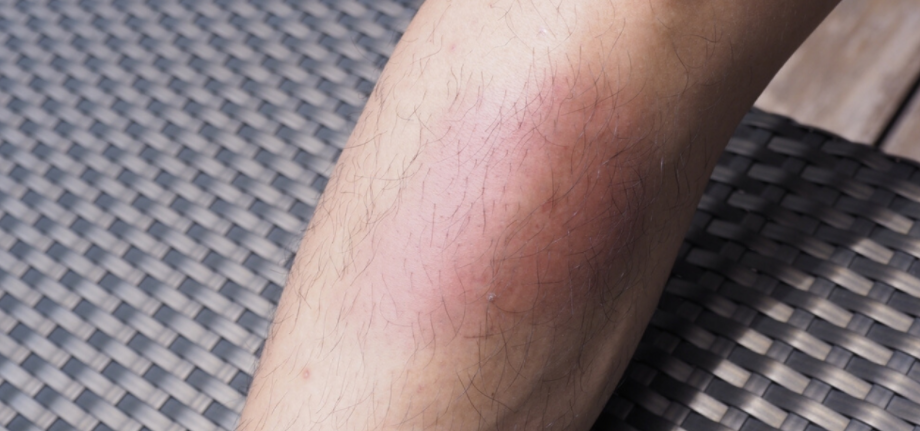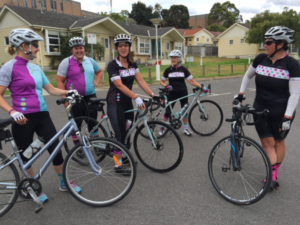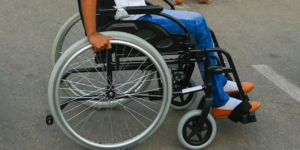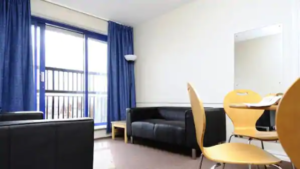Physiotherapy – functions, and types

Physiotherapy is a medical science whose task is to maintain, develop and restore human motor skills. It is a narrower concept than rehabilitation. What does it include and what does it consist of?
- Physiotherapy – what is it?
- Physiotherapy – for whom?
- Physiotherapy and rehabilitation
- Physiotherapy – what techniques are right for me?
- 5 Signs That You Need To See A Physiotherapist
- Where to use physiotherapy?
Physiotherapy – what is it?
Physiotherapy is based on the use of movement and other physical factors that we encounter in nature for healing purposes. It consists of two basic sections: kinesiotherapy, where the basic factor is movement, and physical therapy, which uses physical factors other than movement in therapy, i.e. physical treatments.
Physiotherapy covers all issues related to the treatment of movement, physiotherapy treatments and is the basic component of therapeutic (medical) rehabilitation.
The aim of physiotherapy is to improve the body’s mobility and strength, relieve pain and restore physical fitness. This allows you to resume daily activities including work, school, leisure activities and personal care.
Physiotherapy – for whom?
Physiotherapists use their knowledge and skills to improve a range of conditions related to various body systems, such as:
- neurological diseases ( stroke, multiple sclerosis, Parkinson’s disease ),
- disorders of the neuromuscular and skeletal system (back pain, disorders related to whiplash injuries, sports injuries, arthritis),
- cardiovascular diseases (chronic heart diseases, rehabilitation after a heart attack),
- respiratory diseases (asthma, chronic obstructive pulmonary disease, cystic fibrosis ).
Physiotherapy and rehabilitation

In the terminology used by society, the term physiotherapy is quite often used as a synonym for rehabilitation. However, they are two different terms. Physiotherapy is an essential component of medical rehabilitation, and rehabilitation literally means restoring fitness.
In the literal sense, it means restoring disabled people to normal social life or creating conditions for their normal existence. In broadly understood rehabilitation, the following sections are distinguished:
- therapeutic (medical) rehabilitation – this is a treatment procedure aimed at restoring a disabled person to normal social life or creating conditions for their normal existence,
- vocational rehabilitation – aims to create conditions for disabled people to perform professional work. It includes a number of activities facilitating people with disabilities to take up professional work. Among them, there are the assessment of psychophysical abilities, career counseling, selection of optimal employment and professional retraining,
- social rehabilitation – aims to integrate people with disabilities in society. It includes activities aimed at shaping the skills of proper behavior of a disabled person in various life situations – peer group, family, work, and shaping appropriate attitudes of healthy people towards the disabled. Its task is also to organize the rehabilitation process of a disabled person, as well as to alleviate social barriers – educational, architectural, and economic.
Physiotherapy – what techniques are right for me?
Physiotherapy can include many different treatments and prevention methods, depending on the specific problems you are experiencing. Here are examples of techniques that are used in physiotherapy.
Types of Physiotherapy – Range of Motion Exercises (ROM)
While rest is often recommended in the initial stages of recovery from bone fractures or surgery, prolonged periods of immobility can prolong or prevent the healing process. For this reason, physical therapists often recommend a range of movement exercises to promote movement, stimulate joint mobility, and facilitate circulation.
Frequent movement of the affected joints and muscles prevents muscle atrophy and related posture problems. ROM exercises are used by many healthcare professionals – for example, students learn a number of movement techniques while training personal support staff to help patients with limited mobility improve their flexibility and remain independent.
Physiotherapists usually recommend movement and exercise to improve mobility and dexterity. They may include:
- exercises to improve movement and strength in a specific part of the body – usually, they need to be repeated regularly for a certain period of time
- Activities that involve moving your entire body, such as walking or swimming, can help if you are recovering from surgery or an injury that affects your mobility
- exercises done in warm, shallow water ( hydrotherapy or water therapy) – water can help you relax and support your muscles and joints while providing resistance to help you strengthen gradually.
- advice and exercises to help you increase or maintain your physical activity – advice will be given on the importance of being physically active and how to do it in a safe and effective manner.
Types of physiotherapy – soft tissue mobilization
Soft tissue mobilization, also referred to as therapeutic massage, can help relax the patient’s muscles and reduce swelling in certain areas, making this treatment excellent for relieving the pain associated with sports injuries. Soft tissue massage also helps improve blood and lymph circulation and reduces swelling in the tissues around inflamed joints.
Types of physiotherapy – electrotherapy
Electrotherapy is a newer evolution of energy-based physiotherapy techniques. In this form of treatment, electrical stimulation is provided by attaching electrodes to the skin. The electrodes shorten the muscles which in turn helps to prevent atrophy – they are best used in patients with paralysis or a severely restricted range of motion. Electrotherapy can also be used in conjunction with laser and ultrasound therapy.
Types of physiotherapy – cryotherapy and heat therapy
Painful, stiff muscles are a common affliction of both desk workers and professional athletes. If a patient complains of muscle tension anywhere on the body, it may be beneficial to apply heat or cold to the tightened areas. Heat therapy involves the application of hot compresses or even paraffin wax. Cryotherapy may include applying an ice pack or ice massage.
Types of Physiotherapy – Kinesio Taping
Anyone learning to become a physical therapist assistant is likely familiar with the colored neon tape that is sometimes used on patients. Kinesio Tape can be applied directly to the skin and is a great way to stabilize joints and muscles during the procedure. In addition, the flexibility of the strap means that it does not interfere with the range of exercises, making it an ideal tool for stretching and tightening the muscles.
Types of physiotherapy – therapeutic ultrasound

While ultrasound is not usually associated with physical therapy, in recent years, doctors have been able to use sound waves to heal injuries to the body. The frequency of ultrasound provides a gentle method of targeting damaged tissue with soft beams. Like a mini massage, ultrasound sound waves excite and are absorbed by ligaments, tendons, and fascia. This treatment can be used in patients suffering from arthritis, tendinitis, and muscle strain.
5 Signs That You Need To See A Physiotherapist
Physiotherapy is not a procedure reserved for elite athletes, or even for those who recover from an injury. In fact, it can be used by anyone to improve their health. Here are five signs of a need for physical therapy:
Loss of balance
Loss of balance may be due to problems with the inner ear. The structures inside the ear are an essential part of the body’s balance system (known as the vestibular system). Any condition or problem that affects the inner ear can cause a range of symptoms, such as dizziness and imbalance, which can be extremely difficult to function properly.
Constant pain while working at the desk
When you sit at your desk all day long, you often feel pain, such as back pain or headache. Our bodies love movement, and staying in one position for too long can mean that our muscles and joints may start to strain, causing pain. Regular breaks from your desk can be very helpful, even when it comes to just standing and stretching or moving your neck, upper back, and arms.
It still hurts you

When you are injured, you can expect some pain that will naturally subside as the tissue heals. For example, if you ever sprained your ankle, you would expect it to hurt and limp for several weeks. As the ligaments heal, the pain should decrease until it returns to normal. Unfortunately, sometimes the pain does not go away as expected and becomes chronic. This is especially common with lower back and neck pain and can be attributed to a number of factors.
You don’t move as easily as you used to
If you find that you are not feeling as flexible or that movement is not as easy as it used to be – for example, you cannot touch your toes anymore – you should see a physical therapist. Physiotherapists can assess the problem and perform a series of exercises to strengthen the supporting tissues and relax the muscles, allowing you to slowly increase flexibility.
You started urinating uncontrollably
Urinary incontinence (uncontrolled urination) is very common – It is more common in women than in men and increases with age.
There are two main types of urinary incontinence: stress urinary incontinence and urge incontinence. Stress urinary incontinence is when the bladder is under pressure, such as when you cough or sneeze. Emergency urinary incontinence is when urine is leaking out when you have a sudden, intense need to urinate or shortly thereafter. Many people suffer from a combination of both.
Another article on this blog that may interests you:
The main benefits of Physiotherapy







